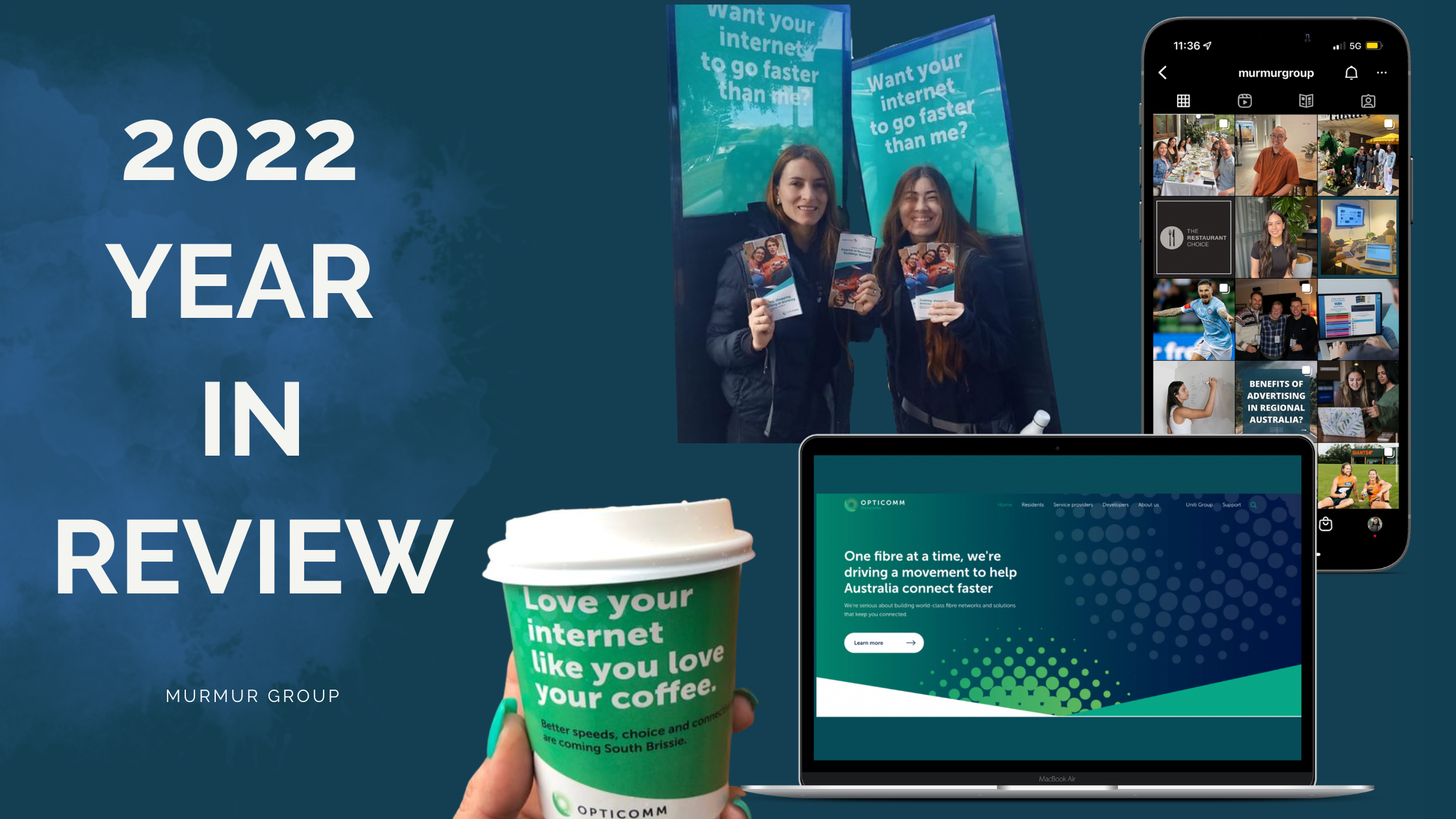What Did You Miss at the IAB MeasureUp Conference?

As the media industry increasingly voices opinion and noise around “attention” and it’s value as a key metric for brands, IAB Australia held their 2022 MeasureUp Conference yesterday in Surry Hills to address “Ad effectiveness” and what the future holds for measurement in a changing media landscape.
Our team was on hand to run their eyes and ears over what’s hot, what’s not, and what is yet to come.
1. Spending & Maintaining Marketing Budgets is Crucial
Brands recent experience in COVID has given many marketers a view of what to expect if and when, we are hit with a recession.
Paul Sinkinson from Analytic Partners and their ROI Genome reports, have shown that those brands that maintained marketing spend during COVID, when many others “bottled it”, at least maintained, but generally increased their ‘share of voice’, and saw their ROI’s increase by up to 40%.
Similarly, looking back through the last recession, when some brands didn’t spend, and pulled back from market, the ones that took their voice, also took their market share, with 63% seeing a stronger ROI.
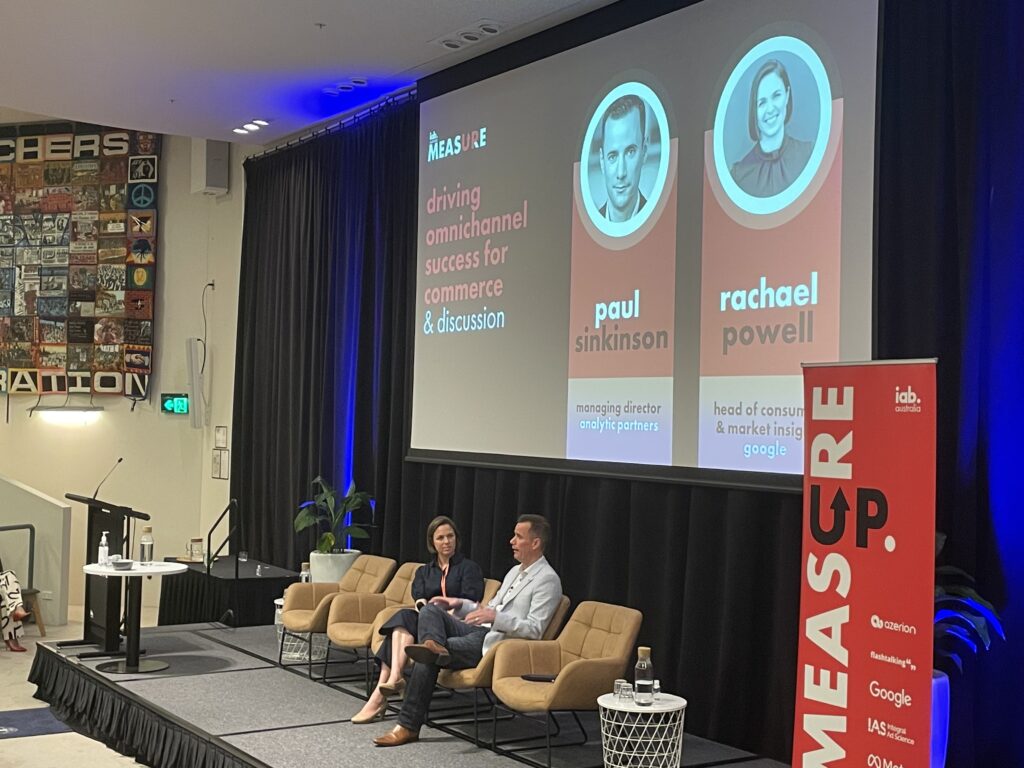
2. Effective Creative Still Trumps Effective Media
“Sh*t delivered at the speed of light, is still sh*t” – David Abbot.
Nicole Jones from Kantar highlighted that creative quality is not only important for Top of Mind Awareness, but also incredibly crucial – and the highest determining factor to drive better Ad results and higher ROI.
Paul Sinkinson also highlighted – again through ROI Genome – that ⅔ of the impact of a video impression is driven by the quality of the creative itself. Interestingly, ⅔ of the impact that an Ad has, happens after the week it’s aired – meaning, that the creative needs to remain paramount in the audiences mind, but that also 50% of the impact is halo onto the rest of your brands portfolio.
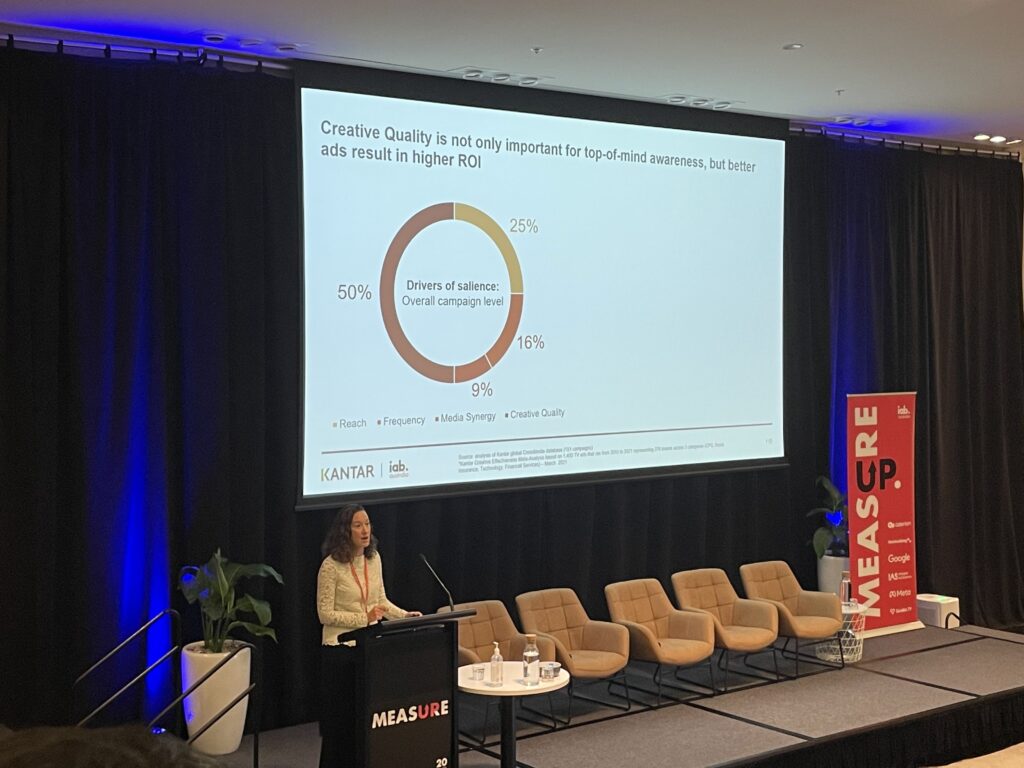
3. In An Omnichannel World – You Need Brand & Trading Campaigns
By now, many marketers are aware of the long and short approach to marketing, and evidence continues to accrue showing the advantages of splitting your budget into 1) growing your brand, and 2) acquiring sales.
Brand messaging is the safer bet for better returns in an omni channel world, with evidence showing that brands with the highest ROI’s have at least 30% share of their marketing budget allocated to brand spend. There is no magic bullet (BINGO) for what the optimal percentage of media budget for brand activity should be, but 30% should be considered the floor.
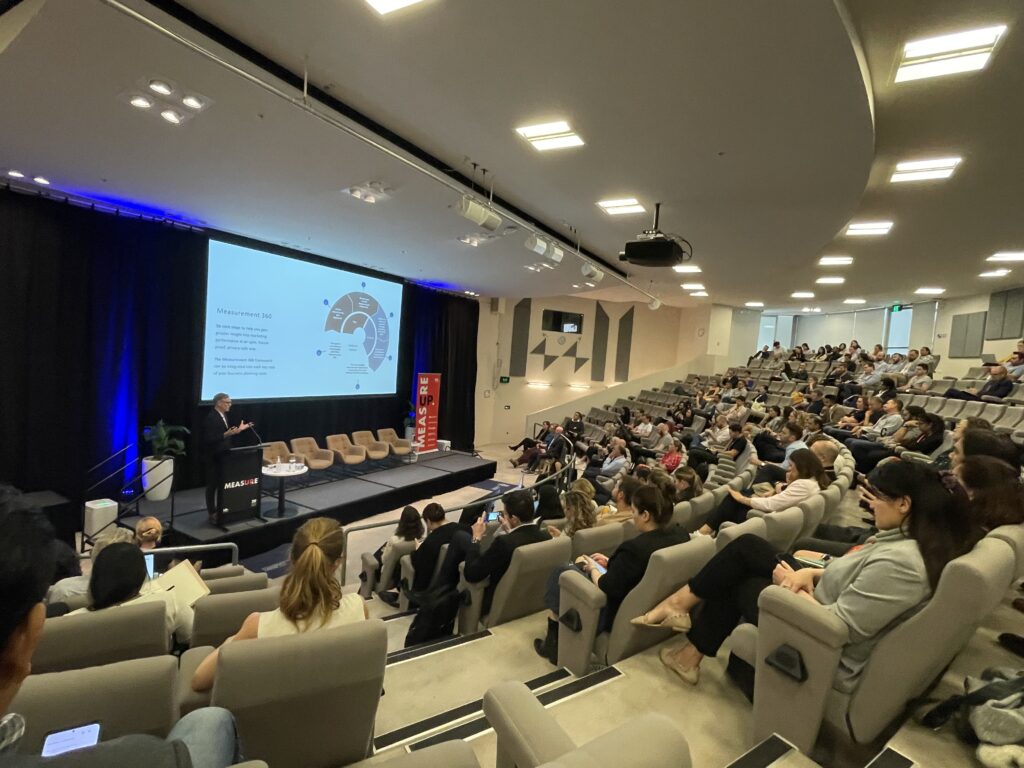
4. Cookies Are Going – But There’s No Need To Panic
Nico Neumann from Melbourne Business School, shared a US study on B2B marketing, measuring the impact of 5 x programmatic vendors on their ability to identify IT Decision Makers using 2 x different data sets (probabilistic & deterministic) on the same digital publisher network.
Interestingly, both data sets performed as accurately as a random baseline of audience. Taking this further, they then used generic audience targeting traits such as age/gender, and interests grounded in contextual alignment, for example ‘technology interest’ and ‘business interest’ – and astonishingly found that the contextual alignment targeting of audiences was more efficient at reaching audiences than using 3rd party data vendors.
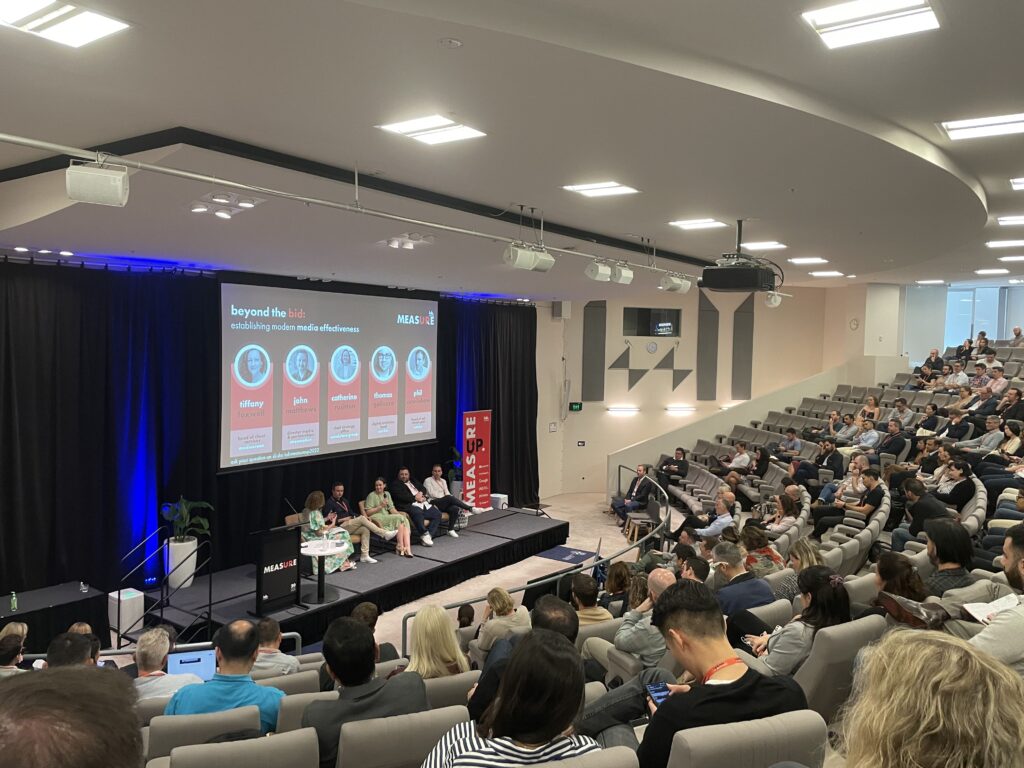
5. Attribution Isn’t Going Anywhere – The Conversations Are Just Changing
Andy Ford from Meta and Moe Kiss from Canva discussed ‘attribution’, and while no one was willing to bury the coffin and confirm it is dead – they discussed the ways that brands can take their leadership teams and stakeholders on the journey of understanding the questions that attribution is trying to answer.
There still seems to be a need for attribution in order to do things such as highlight optimisations, and pin point accountability. Yet, at the same time, a single view of a multi-touch approach may seem too radical and far fetched to be grounded in reality.
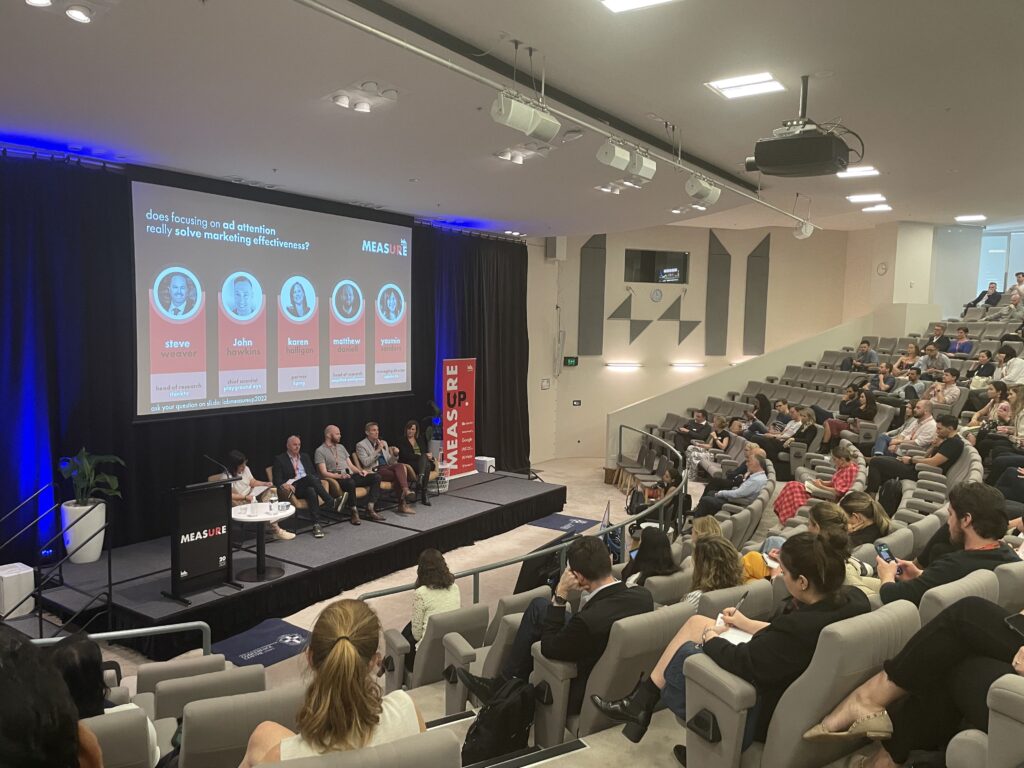
6. Attention isn’t a metric – it’s a guiding principle for media planning
The IAB recently opened up the media hornets nest with their Ad Attention Measurement Landscape Report, generating a huge amount of focus and discussion on whether Ad attention metrics are to be used as an industry standard, and how brands or agencies should be using them.
Dr Shannon Bosshard noted that ‘attention is only mildly correlated with other drivers of consumer behaviour’, and that while effectiveness is multidimensional, there are ways to increase your campaign and/or creative advertising effectiveness. For example, the use of audio (i.e. a jingle) increases the ability for our brains to encode memory, and thus brand recall.
In Summary
Our view is that attention should be used as a guiding principle for media planning, but shouldn’t be used as a single metric for success.
Clients aren’t (yet) giving us briefs to increase their ‘attention’, our briefs still revolve around broaden marketing objectives such as raising awareness, driving sales, or increasing traffic, and attention as a metric is useful as a planning and buying tool to guide our media strategy, and aid creative planning.
Until there is a link between attention and a business outcome (i.e. a sale), attention can only continue to be used as a guiding principle for planning media, determining Ad placement, and aiding the creative process.
Thanks to Gai Le Roy and the IAB for a fantastic conference, we look forward to seeing what key insights we can glean from next year!
Let's start a conversation! Contact us now
Check us out on our socials!



